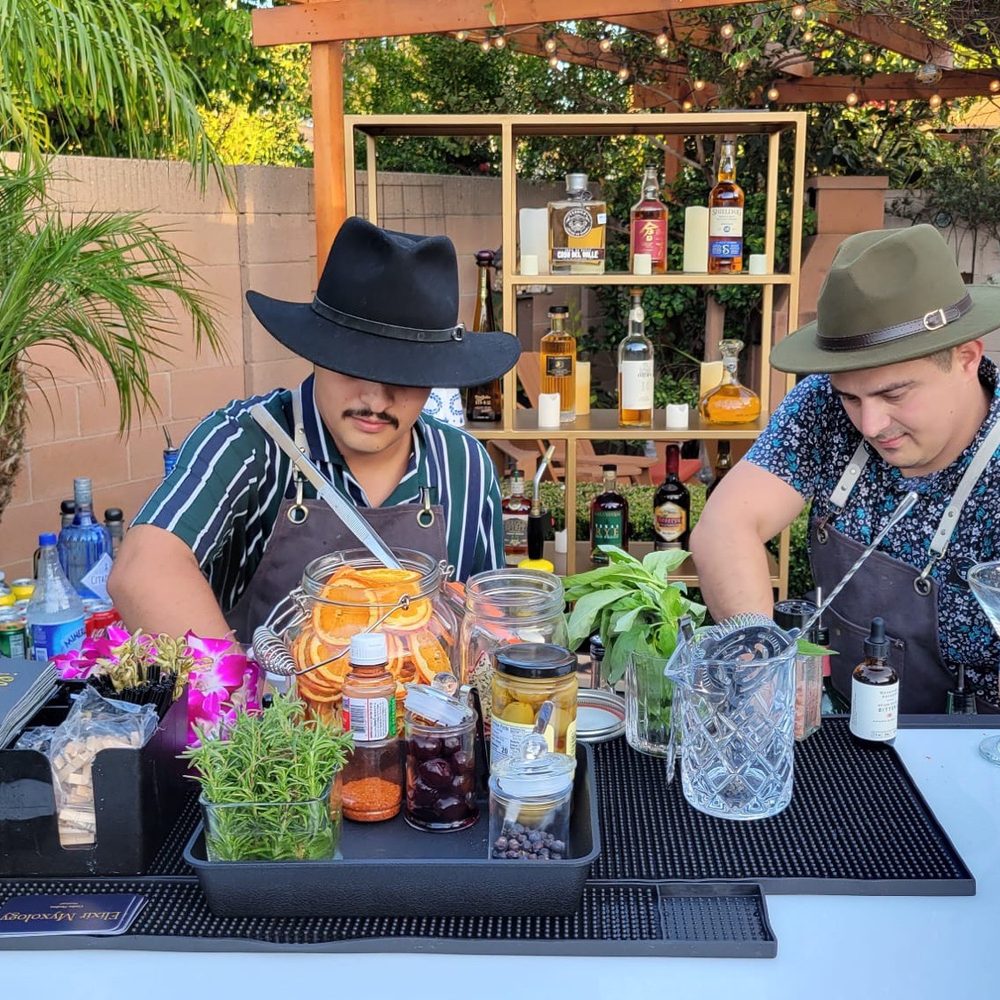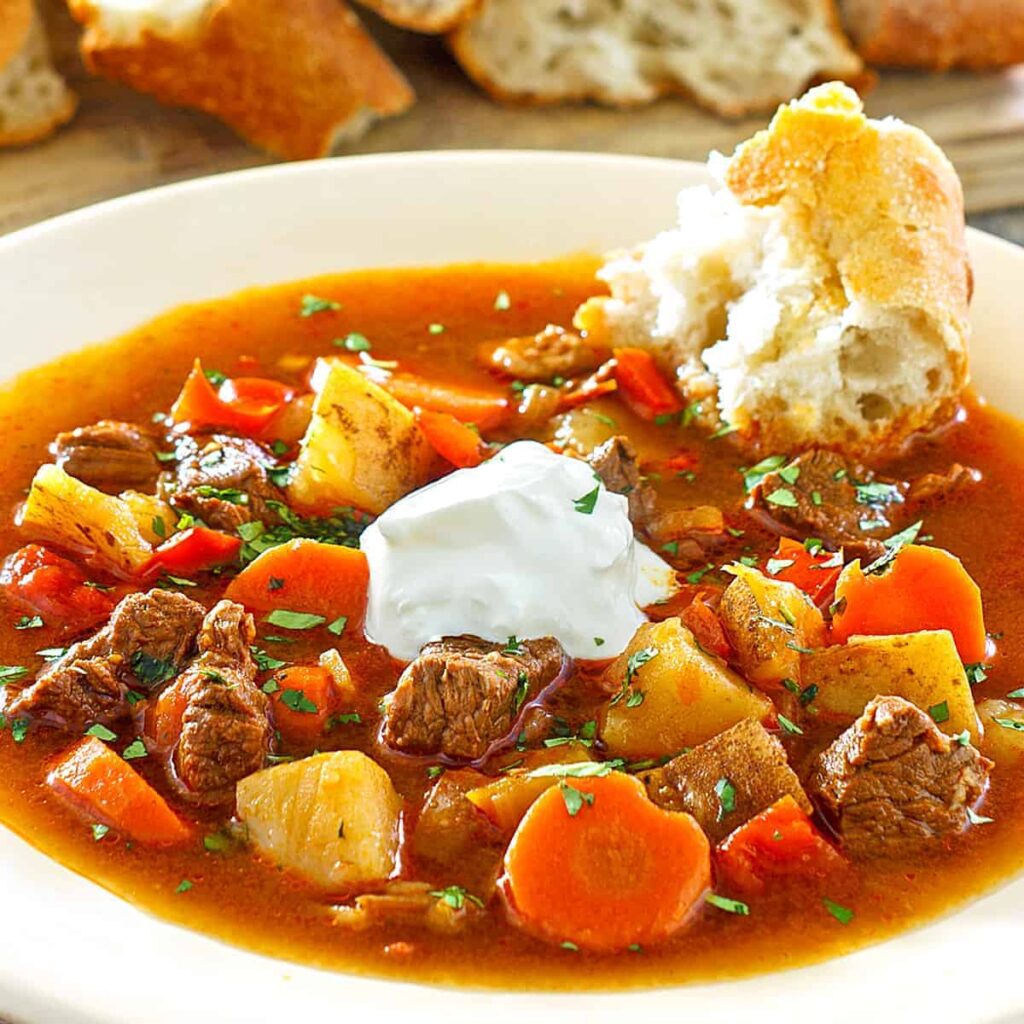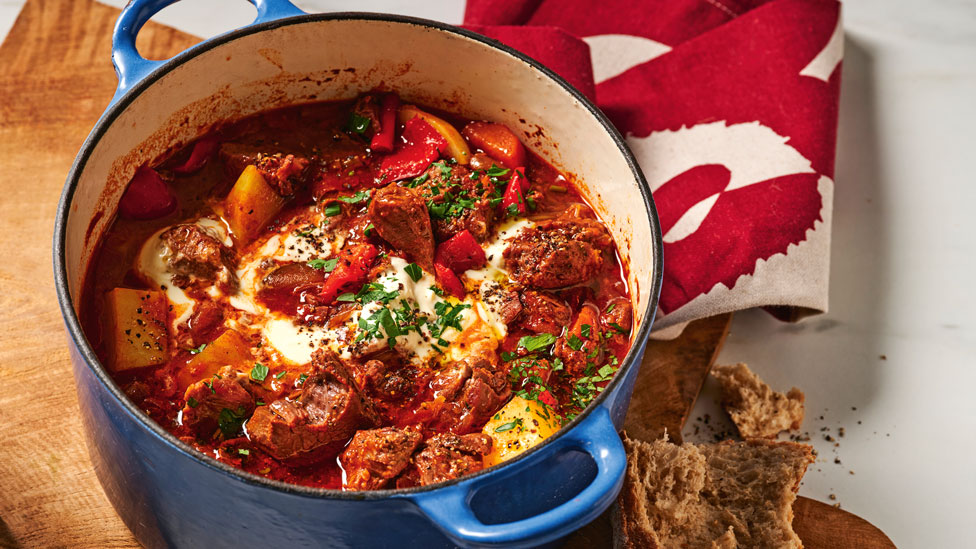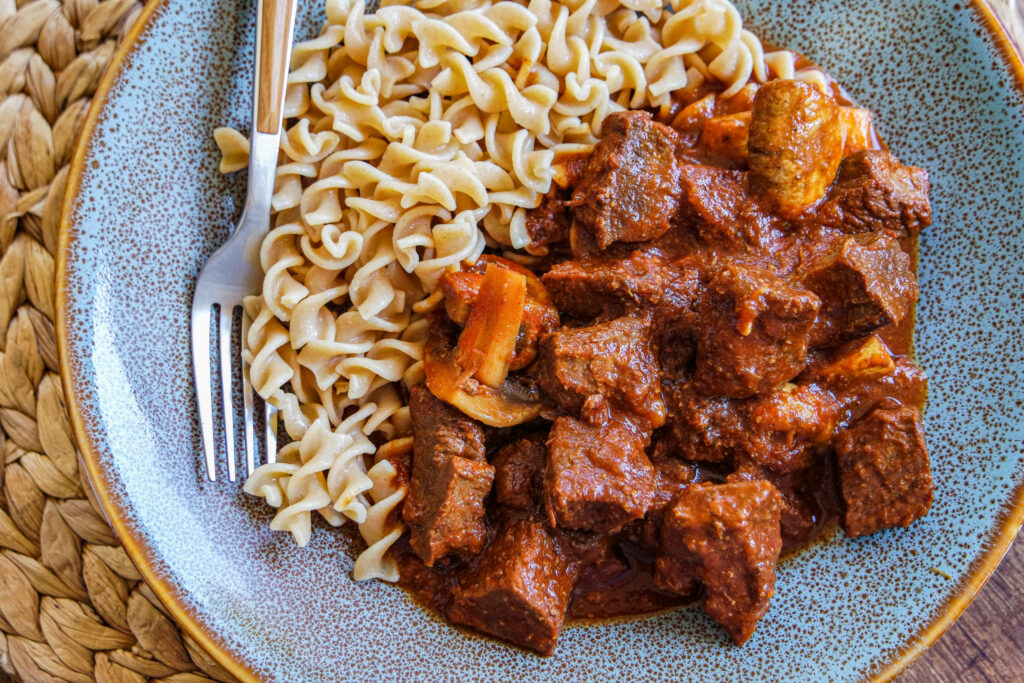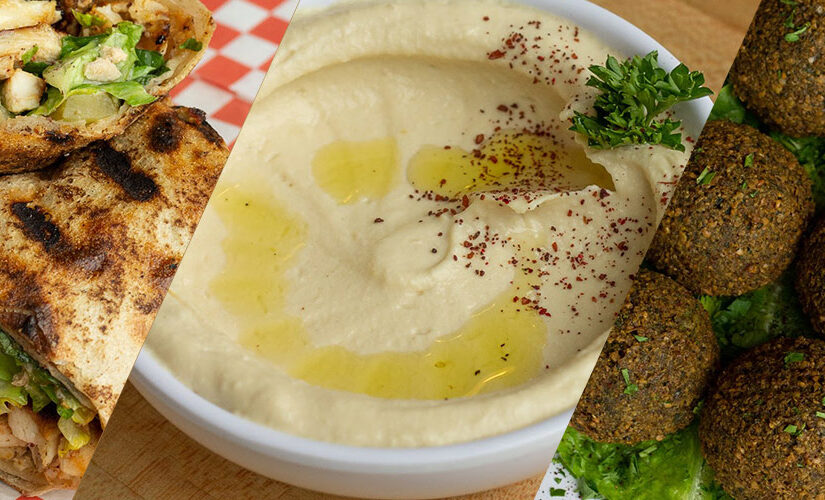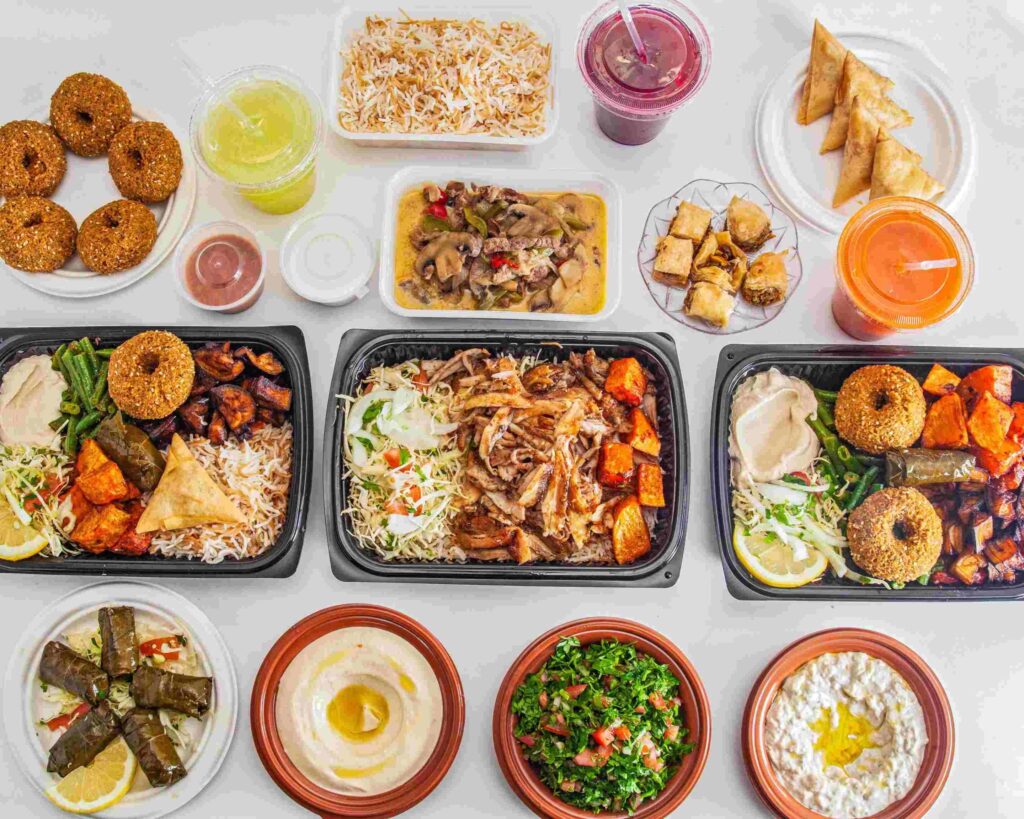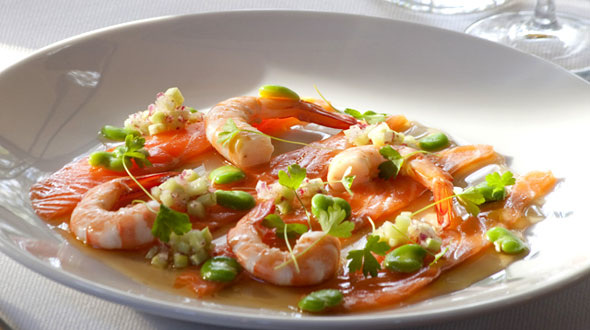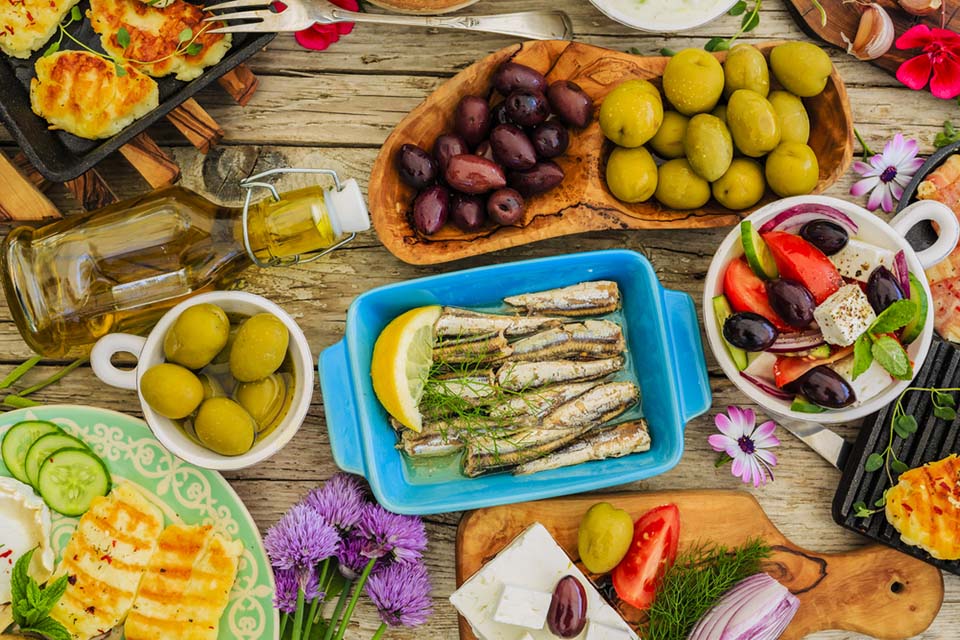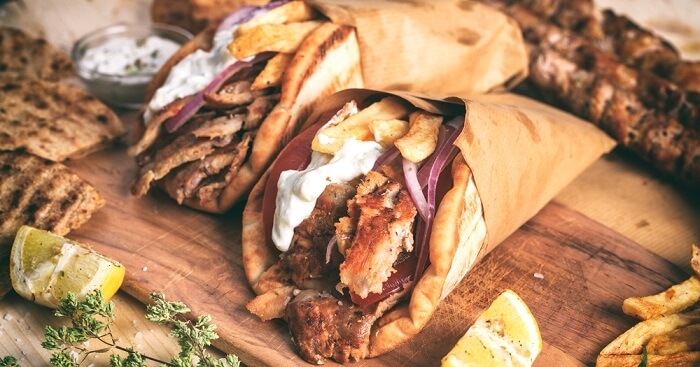Medieval banquets, vibrant tapestries of culinary artistry, were not merely gatherings for sustenance but grandiose affairs that reflected the societal and cultural nuances of the Middle Ages. The gastronomic landscape of medieval Europe was a rich tapestry woven with exotic spices, curious culinary techniques, and a symphony of flavors. At the heart of these feasts was a celebration of abundance and the prowess of medieval cooks who transformed basic ingredients into elaborate dishes fit for kings and nobles.
The medieval palate was a mosaic, blending the familiar with the exotic. Spices such as saffron, cinnamon, and ginger were prized commodities, not only for their ability to preserve food but also for the depth and complexity they added to dishes. The medieval kitchen was a dynamic space, where the alchemy of culinary experimentation unfolded. From spit-roasted meats to intricately spiced stews, the medieval table was a testament to the creativity that flourished in the heart of the kitchen.
The Theater of Banquets: A Feast for the Senses

Medieval banquets transcended mere sustenance; they were theatrical performances that engaged all the senses. The visual splendor of the banquet hall was as crucial as the flavors that graced the table. Tables adorned with elaborate centerpieces, towering subtleties (culinary sculptures), and an array of vibrant dishes transformed the dining experience into a visual spectacle. Each dish was a work of art, a testament to the culinary skills of the kitchen staff. To prepare a banquet in a restaurant you will need a good HVAC system. Be sure to contact a company that provides HVAC repair in Charlotte NC if your system is not working correctly.
The auditory symphony of a medieval banquet was equally captivating. The sizzle of meats on the spit, the clinking of goblets, and the lively chatter of guests created a harmonious background to the feast. The ambiance was carefully curated, with minstrels and musicians providing a melodic backdrop, enhancing the overall sensory experience. In this gastronomic theater, every element, from the arrangement of dishes to the orchestration of sounds, played a role in creating a memorable banquet.
Fast and Feast: Religious Observances and Culinary Abstinence
Amidst the opulence of medieval banquets, the dichotomy of fasting and feasting emerged as a profound cultural and religious practice. The medieval calendar was punctuated with days of fasting, where indulgence gave way to restraint. The observance of Lent, for example, mandated a period of abstinence and moderation. During these fasting periods, culinary creativity manifested in dishes designed to adhere to religious dietary restrictions while still tantalizing the taste buds.
The juxtaposition of fasting and feasting reflected the broader cultural tapestry of medieval society. It was a delicate dance between asceticism and extravagance, where the culinary arts served as a medium for expressing both religious devotion and societal status. The ability to navigate this culinary dichotomy became a mark of distinction for medieval cooks, who had to master the art of creating both sumptuous feasts and humble, abstemious fare.
A Culinary Renaissance: Rediscovering Medieval Techniques
The legacy of medieval banquets extends beyond the annals of history, finding resonance in the contemporary culinary landscape. In a culinary renaissance of sorts, chefs and gastronomes alike are rediscovering and reimagining the techniques and flavors that once graced the tables of medieval nobility. The revival of historical cooking methods, such as spit-roasting and fermenting, pays homage to the ingenuity of medieval cooks. By embracing the past, modern culinary artisans are weaving a new chapter into the age-old culinary tapestry.
The medieval kitchen, once a hub of experimentation, is now a source of inspiration for avant-garde chefs. The use of exotic spices, once the hallmark of medieval feasts, has made a triumphant return. In the pursuit of perplexity, chefs are exploring novel combinations of spices, drawing on the medieval penchant for bold flavors. The contemporary palate is challenged with unexpected pairings, transporting diners on a gastronomic journey that echoes the vibrancy of medieval banquets. If you have trouble sleeping because this kind of food doesn’t suit your stomach you should use CPAP distilled water.
Beyond Nobility: Democratizing the Feast

While medieval banquets were primarily the domain of nobility, the modern era has witnessed a democratization of the feast. Culinary experiences that were once exclusive to the elite are now accessible to a broader audience. Pop-up medieval-themed dinners, complete with period-appropriate dishes and entertainment, allow enthusiasts to immerse themselves in the ambiance of a bygone era. The democratization of these feasts serves as a testament to the enduring allure of medieval culinary traditions. If you want to go to one of these banquets you can use Atlanta limo and drive there in style.
In this contemporary culinary landscape, the concept of fasting and feasting has taken on new dimensions. Dietary restrictions and lifestyle choices have led to the popularization of intermittent fasting, echoing the historical practice of controlled periods of abstinence. The ebb and flow between indulgence and restraint, once dictated by religious observances, is now a personal choice that reflects a modern understanding of health and wellness.
If you need security at your banquet you can hire a security company in Los Angeles.
Virtual Banquets: A Digital Culinary Odyssey
The digital age has ushered in a new era of culinary exploration, where the boundaries of feasting extend beyond physical spaces. Virtual banquets, facilitated by online platforms and social media, allow individuals to partake in gastronomic adventures from the comfort of their homes. The medieval culinary tapestry is now woven into the digital realm, with online communities sharing recipes, techniques, and the joy of recreating historical dishes. In this expansive virtual banquet, the importance of safety becomes paramount, akin to safeguarding a cherished medieval feast with sturdy castle walls. Just as we secure our homes with robust measures, ensuring the well-being of our loved ones, so too should we extend this vigilance to our outdoor spaces, considering the installation of reliable and durable pool fences.
Through virtual banquets, the burstiness of culinary expression finds new avenues. The diversity of voices in these digital feasts reflects the pluralistic nature of contemporary gastronomy. Enthusiasts, home cooks, and professional chefs converge in a virtual space where the exchange of ideas and culinary experiments creates a dynamic and ever-evolving banquet. The once-static nature of historical recipes is now infused with the vibrancy of a global culinary community. Virtual banquets are often hosted by a virtual emcee.
Culinary Time Travel: Immersive Dining Experiences
Immersive dining experiences have emerged as a novel way to transport diners across temporal boundaries. Medieval-themed restaurants, complete with period-appropriate decor and costumed staff, offer patrons a taste of the past. The dining experience becomes a journey through time, as guests are enveloped in the sights, sounds, and flavors of medieval banquets. This immersive approach to dining transcends the ordinary, providing a multisensory encounter that goes beyond the confines of a traditional restaurant.
In the realm of immersive dining, innovation and tradition coalesce. A leading web design company in Chicago has taken this concept to the next level, creating a virtual platform for medieval-themed dining experiences. Modern technology, such as augmented reality, enhances the medieval dining experience. Guests may find themselves seated at a virtual banquet in a medieval castle, surrounded by the hustle and bustle of a bygone era. The culinary tapestry is interwoven with storytelling, creating a feast for the imagination as well as the palate.
Sustainable Feasting: Navigating the Culinary Landscape Responsibly
As we traverse the landscape of culinary evolution, the medieval approach to sourcing and sustainability emerges as a guiding principle. In the Middle Ages, the availability of ingredients was seasonal and local, shaping the menu based on what nature provided. Today, a similar ethos is gaining traction as chefs and consumers alike prioritize sustainable and locally sourced ingredients. The medieval culinary tapestry, with its reliance on the bounty of the land, becomes a source of inspiration for those advocating for a more sustainable and ethical approach to dining. Banquets are a great opportunity if you are looking for a perfect time to give personalized soulmate gifts to your girlfriend.
The integration of medieval culinary principles into contemporary sustainability practices extends beyond ingredients. The emphasis on nose-to-tail cooking, reducing food waste, and embracing traditional preservation methods aligns with the medieval commitment to utilizing every resource. The feast becomes a celebration not only of flavors but also of responsible stewardship of the environment—a nod to the enduring wisdom of culinary practices from centuries past.
In this modern culinary renaissance, chefs are experimenting with innovative twists, introducing elements like medieval-inspired blood orange flavoring to infuse a burst of unique and historical taste into their sustainable creations.
Culinary Education: Unlocking the Secrets of the Medieval Kitchen
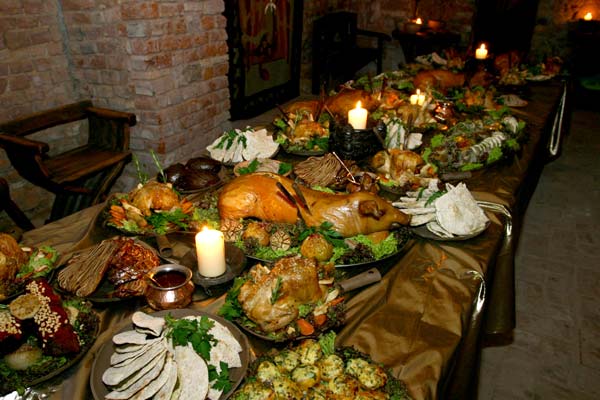
The fascination with medieval banquets extends beyond the dining table to the realm of education. Culinary historians, scholars, and enthusiasts delve into manuscripts and historical records to unlock the secrets of the medieval kitchen. The study of medieval gastronomy has become an academic pursuit, shedding light on the techniques, ingredients, and cultural significance of the feasts of yore.
In this scholarly exploration, even the attire of medieval banquets comes into focus, with historians noting the elegance of garments like the luxury black dress. Culinary schools now offer courses that delve into the intricacies of medieval cooking, providing aspiring chefs with a foundation rooted in historical practices. The culinary tapestry of the Middle Ages serves as a classroom, offering lessons in creativity, adaptability, and the symbiotic relationship between culture and cuisine. As a result, the echoes of medieval banquets are not confined to themed dinners but reverberate in the education and training of the next generation of culinary artisans.
If you want to build a restaurant to host modern banquets you will have to consult with a construction expert witness.
Conclusion: A Tapestry Unfolding Across Time
As we conclude our exploration of the culinary tapestry of medieval banquets, we find that its threads continue to weave through the fabric of contemporary gastronomy. From the revival of ancient techniques to the democratization of feasting, and the fusion of tradition with technology, the legacy of medieval banquets endures. The feast, once a privilege of the elite, has become a communal experience that transcends borders and spans the digital realm.
Did you know that medieval people also visited professionals to take care of their skin? If you want to do it as well make sure to contact Cheyanne Mallas.
In this culinary odyssey, the medieval kitchen serves as a time machine, transporting us across centuries while leaving an indelible mark on the present. The burstiness of flavors, the perplexity of techniques, and the delicate dance between indulgence and restraint are not relics of the past but living elements that shape the way we think about and experience food today. As we savor the rich complexities of our culinary heritage, the banquet of the Middle Ages invites us to partake in a feast that transcends time—a banquet where the past and present converge in a tapestry of flavors, stories, and shared experiences.
If you are looking to open a medieval-themed restaurant and you need a loan consider contacting one of the companies that have loan servicing software features.




